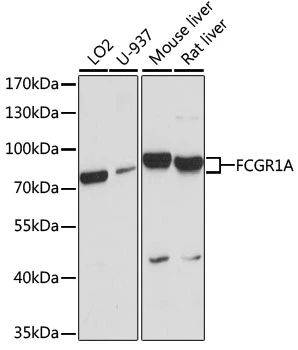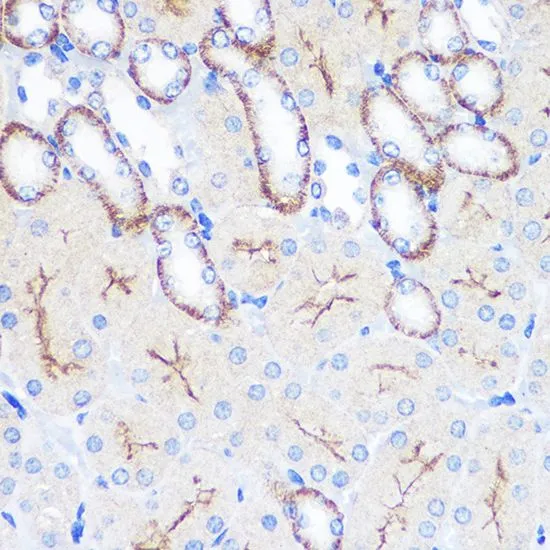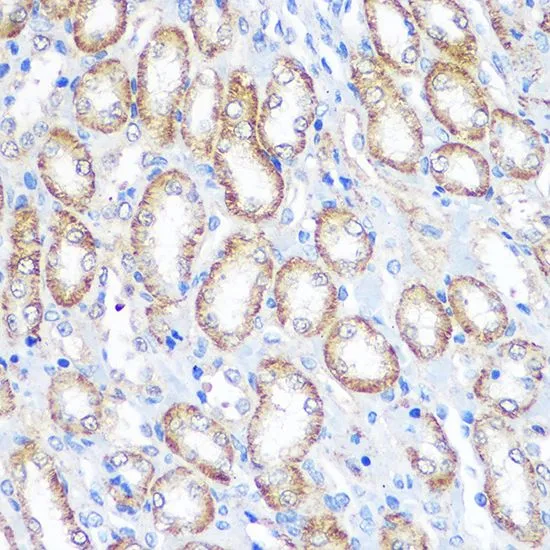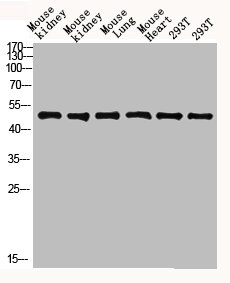
WB analysis of various sample lysates using GTX53995 CD64 antibody. Dilution : 1:1000 Loading : 25microg per lane
CD64 antibody
GTX53995
ApplicationsWestern Blot, ImmunoHistoChemistry, ImmunoHistoChemistry Paraffin
Product group Antibodies
TargetFCGR1A
Overview
- SupplierGeneTex
- Product NameCD64 antibody
- Delivery Days Customer7
- Application Supplier NoteWB: 1:500 - 1:2000. IHC-P: 1:50 - 1:100. *Optimal dilutions/concentrations should be determined by the researcher.Not tested in other applications.
- ApplicationsWestern Blot, ImmunoHistoChemistry, ImmunoHistoChemistry Paraffin
- CertificationResearch Use Only
- ClonalityPolyclonal
- ConjugateUnconjugated
- Gene ID2209
- Target nameFCGR1A
- Target descriptionFc gamma receptor Ia
- Target synonymsCD64, CD64A, FCG1, FCGR1, FCRI, FcgammaRI, IGFR1, high affinity immunoglobulin gamma Fc receptor I, Fc fragment of IgG receptor Ia, Fc fragment of IgG, high affinity Ia, receptor (CD64), Fc fragment of IgG, high affinity Ia, receptor for (CD64), Fc-gamma RI, Fc-gamma receptor I A1, IgG Fc receptor I, fc-gamma RIA, fcgammaRIa
- HostRabbit
- IsotypeIgG
- Protein IDP12314
- Protein NameHigh affinity immunoglobulin gamma Fc receptor I
- Scientific DescriptionThis gene encodes a protein that plays an important role in the immune response. This protein is a high-affinity Fc-gamma receptor. The gene is one of three related gene family members located on chromosome 1. [provided by RefSeq, Jul 2008]
- Storage Instruction-20°C or -80°C,2°C to 8°C
- UNSPSC12352203
References
- Squalene-based nanoparticles for the targeting of atherosclerotic lesions. Brusini R et al., 2020 May 15, Int J PharmRead more




![FACS analysis of human peripheral blood using GTX00467-06 CD64 antibody [10.1] (FITC).](https://www.genetex.com/upload/website/prouct_img/normal/GTX00467-06/GTX00467-06_20191028_FACS_1_w_23053121_822.webp)